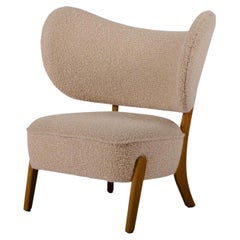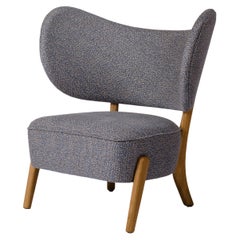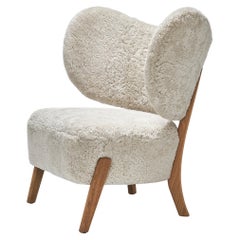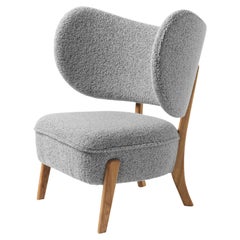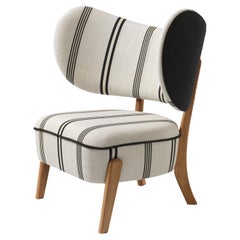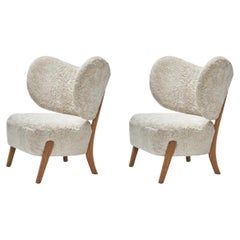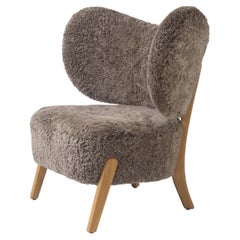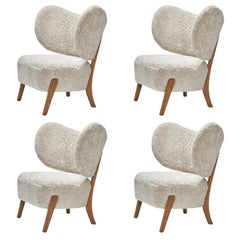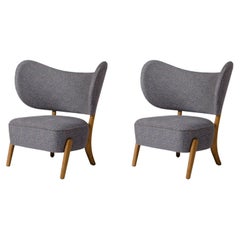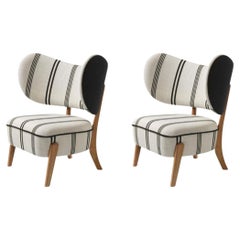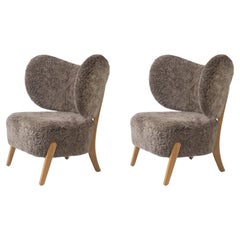Tmbo Chair
2010s Danish Post-Modern Chairs
Other
2010s Danish Post-Modern Chairs
Other
2010s Danish Post-Modern Chairs
Sheepskin, Oak
2010s Danish Post-Modern Chairs
Other
2010s Danish Post-Modern Chairs
Other
2010s Danish Post-Modern Chairs
Sheepskin, Oak
2010s Danish Post-Modern Chairs
Other
2010s Danish Post-Modern Chairs
Other
2010s Danish Post-Modern Chairs
Other
2010s Danish Post-Modern Chairs
Other
2010s Danish Post-Modern Chairs
Other
2010s Danish Post-Modern Chairs
Other
2010s Danish Post-Modern Chairs
Other
2010s Danish Post-Modern Chairs
Other
2010s Danish Post-Modern Chairs
Other
2010s Danish Post-Modern Chairs
Other
2010s Danish Post-Modern Living Room Sets
Other
2010s Danish Post-Modern Living Room Sets
Other
2010s Danish Post-Modern Living Room Sets
Other
2010s Danish Post-Modern Living Room Sets
Other
2010s Danish Post-Modern Living Room Sets
Other
People Also Browsed
21st Century and Contemporary Turkish Brutalist Benches
Oak
2010s Greek Night Stands
Wood
21st Century and Contemporary Lithuanian Scandinavian Modern Lounge Chairs
Brass
2010s American Modern Side Chairs
Aluminum
21st Century and Contemporary American Organic Modern Stools
Canvas, Reclaimed Wood
2010s Belgian Modern Club Chairs
Linen
2010s Italian Mid-Century Modern Wall Lights and Sconces
Brass
21st Century and Contemporary Portuguese Modern Swivel Chairs
Brass
2010s Polish Mid-Century Modern Armchairs
Bouclé, Beech, Velvet
2010s Mexican Modern Floor Mirrors and Full-Length Mirrors
Mirror, Rattan
21st Century and Contemporary Colombian Mid-Century Modern Chandeliers a...
Brass
21st Century and Contemporary Colombian Mid-Century Modern Chandeliers a...
Brass
2010s Vietnamese Organic Modern Side Tables
Plaster
Vintage 1980s American Mid-Century Modern Sofas
Upholstery
2010s Mexican Modern Lounge Chairs
Wicker, Hardwood
2010s American Ottomans and Poufs
Brass
Tmbo Chair For Sale on 1stDibs
How Much is a Tmbo Chair?
A Close Look at Post-modern Furniture
Postmodern design was a short-lived movement that manifested itself chiefly in Italy and the United States in the early 1980s. The characteristics of vintage postmodern furniture and other postmodern objects and decor for the home included loud-patterned, usually plastic surfaces; strange proportions, vibrant colors and weird angles; and a vague-at-best relationship between form and function.
ORIGINS OF POSTMODERN FURNITURE DESIGN
- Emerges during the 1960s; popularity explodes during the ’80s
- A reaction to prevailing conventions of modernism by mainly American architects
- Architect Robert Venturi critiques modern architecture in his Complexity and Contradiction in Architecture (1966)
- Theorist Charles Jencks, who championed architecture filled with allusions and cultural references, writes The Language of Post-Modern Architecture (1977)
- Italian design collective the Memphis Group, also known as Memphis Milano, meets for the first time (1980)
- Memphis collective debuts more than 50 objects and furnishings at Salone del Milano (1981)
- Interest in style declines, minimalism gains steam
CHARACTERISTICS OF POSTMODERN FURNITURE DESIGN
- Dizzying graphic patterns and an emphasis on loud, off-the-wall colors
- Use of plastic and laminates, glass, metal and marble; lacquered and painted wood
- Unconventional proportions and abundant ornamentation
- Playful nods to Art Deco and Pop art
POSTMODERN FURNITURE DESIGNERS TO KNOW
- Ettore Sottsass
- Robert Venturi
- Alessandro Mendini
- Michele de Lucchi
- Michael Graves
- Nathalie du Pasquier
VINTAGE POSTMODERN FURNITURE ON 1STDIBS
Critics derided postmodern design as a grandstanding bid for attention and nothing of consequence. Decades later, the fact that postmodernism still has the power to provoke thoughts, along with other reactions, proves they were not entirely correct.
Postmodern design began as an architectural critique. Starting in the 1960s, a small cadre of mainly American architects began to argue that modernism, once high-minded and even noble in its goals, had become stale, stagnant and blandly corporate. Later, in Milan, a cohort of creators led by Ettore Sottsass and Alessandro Mendini — a onetime mentor to Sottsass and a key figure in the Italian Radical movement — brought the discussion to bear on design.
Sottsass, an industrial designer, philosopher and provocateur, gathered a core group of young designers into a collective in 1980 they called Memphis. Members of the Memphis Group, which would come to include Martine Bedin, Michael Graves, Marco Zanini, Shiro Kuramata, Michele de Lucchi and Matteo Thun, saw design as a means of communication, and they wanted it to shout. That it did: The first Memphis collection appeared in 1981 in Milan and broke all the modernist taboos, embracing irony, kitsch, wild ornamentation and bad taste.
Memphis works remain icons of postmodernism: the Sottsass Casablanca bookcase, with its leopard-print plastic veneer; de Lucchi’s First chair, which has been described as having the look of an electronics component; Martine Bedin’s Super lamp: a pull-toy puppy on a power-cord leash. Even though it preceded the Memphis Group’s formal launch, Sottsass’s iconic Ultrafragola mirror — in its conspicuously curved plastic shell with radical pops of pink neon — proves striking in any space and embodies many of the collective’s postmodern ideals.
After the initial Memphis show caused an uproar, the postmodern movement within furniture and interior design quickly took off in America. (Memphis fell out of fashion when the Reagan era gave way to cool 1990’s minimalism.) The architect Robert Venturi had by then already begun a series of plywood chairs for Knoll Inc., with beefy, exaggerated silhouettes of traditional styles such as Queen Anne and Chippendale. In 1982, the new firm Swid Powell enlisted a group of top American architects, including Frank Gehry, Richard Meier, Stanley Tigerman and Venturi to create postmodern tableware in silver, ceramic and glass.
On 1stDibs, the vintage postmodern furniture collection includes chairs, coffee tables, sofas, decorative objects, table lamps and more.
Finding the Right Lounge-chairs for You
While this specific seating is known to all for its comfort and familiar form, the history of how your favorite antique or vintage lounge chair came to be is slightly more ambiguous.
Although there are rare armchairs dating back as far as the 17th century, some believe that the origins of the first official “lounge chair” are tied to Hungarian modernist designer-architect Marcel Breuer. Sure, Breuer wasn’t exactly reinventing the wheel when he introduced the Wassily lounge chair in 1925, but his seat was indeed revolutionary for its integration of bent tubular steel.
Officially, a lounge chair is simply defined as a “comfortable armchair,” which allows for the shape and material of the furnishings to be extremely diverse. Whether or not chaise longues make the cut for this category is a matter of frequent debate.
The Eames lounge chair, on the other hand, has come to define somewhat of a universal perception of what a lounge chair can be. Introduced in 1956, the Eames lounger (and its partner in cozy, the ottoman) quickly became staples in television shows, prestigious office buildings and sumptuous living rooms. Venerable American mid-century modern designers Charles and Ray Eames intended for it to be the peak of luxury, which they knew meant taking furniture to the next level of style and comfort. Their chair inspired many modern interpretations of the lounge — as well as numerous copies.
On 1stDibs, find a broad range of unique lounge chairs that includes everything from antique Victorian-era seating to vintage mid-century modern lounge chairs by craftspersons such as Hans Wegner to contemporary choices from today’s innovative designers.
